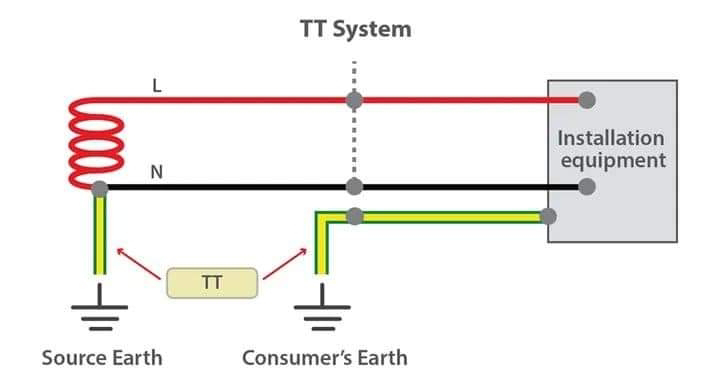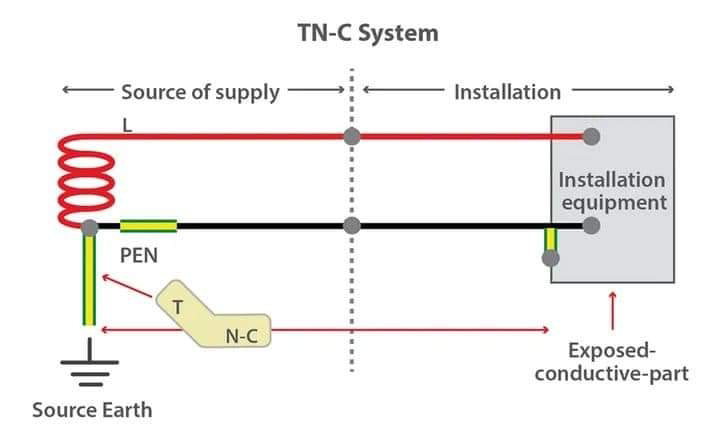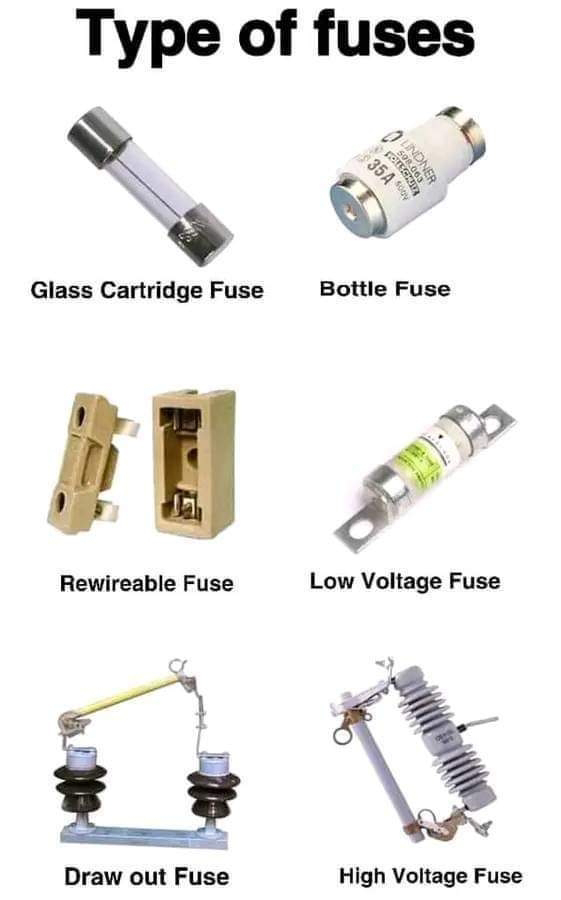1. Core:
Function: Provides a path for the magnetic flux.
Material: Typically made from high-permeability silicon steel laminations to reduce eddy current losses.
2. Windings:
Primary Winding: The coil that receives the electrical power.
Secondary Winding: The coil that delivers the transformed or changed voltage.
Material: Usually made of copper or aluminum.
3. Insulation:
Purpose: To insulate the windings from each other and from the core.
Materials: Paper, oil, synthetic materials, etc.
4. Transformer Oil:
Function: Serves as both an insulator and a coolant. It helps in dissipating heat from the core and windings.
5. Tank:
Purpose: Contains the core, windings, and oil. Protects the transformer from external damage and environmental factors.
6. Oil Conservator:
Function: Located above the transformer tank, it allows for the expansion and contraction of oil with temperature changes.
7. Breather:
Function: Contains silica gel or another desiccant to remove moisture from the air that enters the conservator, keeping the oil dry.
8. Cooling System:
Components: Radiators, fans, or pumps.
Purpose: To cool the transformer oil, which in turn cools the windings and core. Types include ONAN (Oil Natural Air Natural), ONAF (Oil Natural Air Forced), etc.
9. Bushings:
Function: Insulated devices that allow an external conductor to pass safely through the grounded tank to connect with the windings.
10. Tap Changer:
Types:
On-Load Tap Changer (OLTC): Allows for voltage regulation while the transformer is energized.
Off-Load Tap Changer: Requires the transformer to be de-energized to change taps.
Purpose: To adjust the turn ratio of the transformer to regulate output voltage.
11. Buchholz Relay:
Function: A safety device mounted on oil-filled transformers, it detects gas accumulation or sudden oil movement, which can indicate an internal fault.
12. Explosion Vent or Pressure Relief Device:
Purpose: To relieve pressure in case of an internal fault to prevent explosion.
13. Temperature Gauges:
Oil Temperature Indicator: Measures the top oil temperature.
Winding Temperature Indicator: Simulates the hot spot temperature of the windings, often using a heating element in a well to mimic winding heat.
14. Grounding Points:
Purpose: For grounding the transformer to ensure safety and proper operation.
15. Current Transformers (CTs):
Function: Used for metering and protection, they step down current for measurement or protective relays.
16. Protective Relays:
Function: To detect abnormal conditions like overcurrent, differential current, earth faults, etc., and initiate circuit breaker tripping.
These components work together to ensure that the transformer operates efficiently, safely, and can deliver power at the required voltage level with minimal losses.














